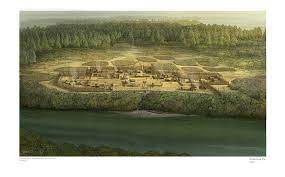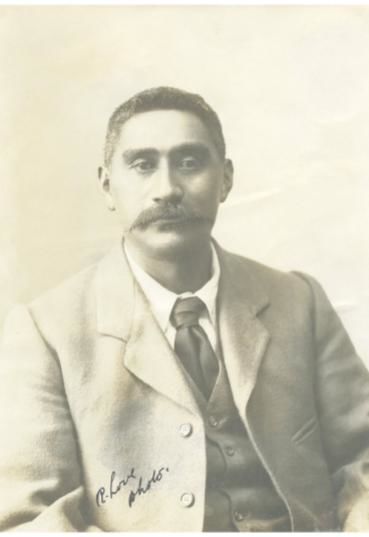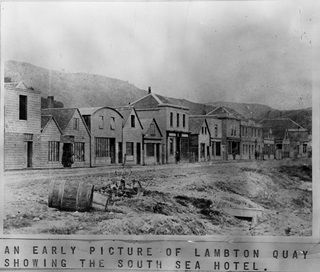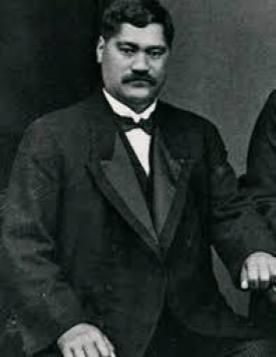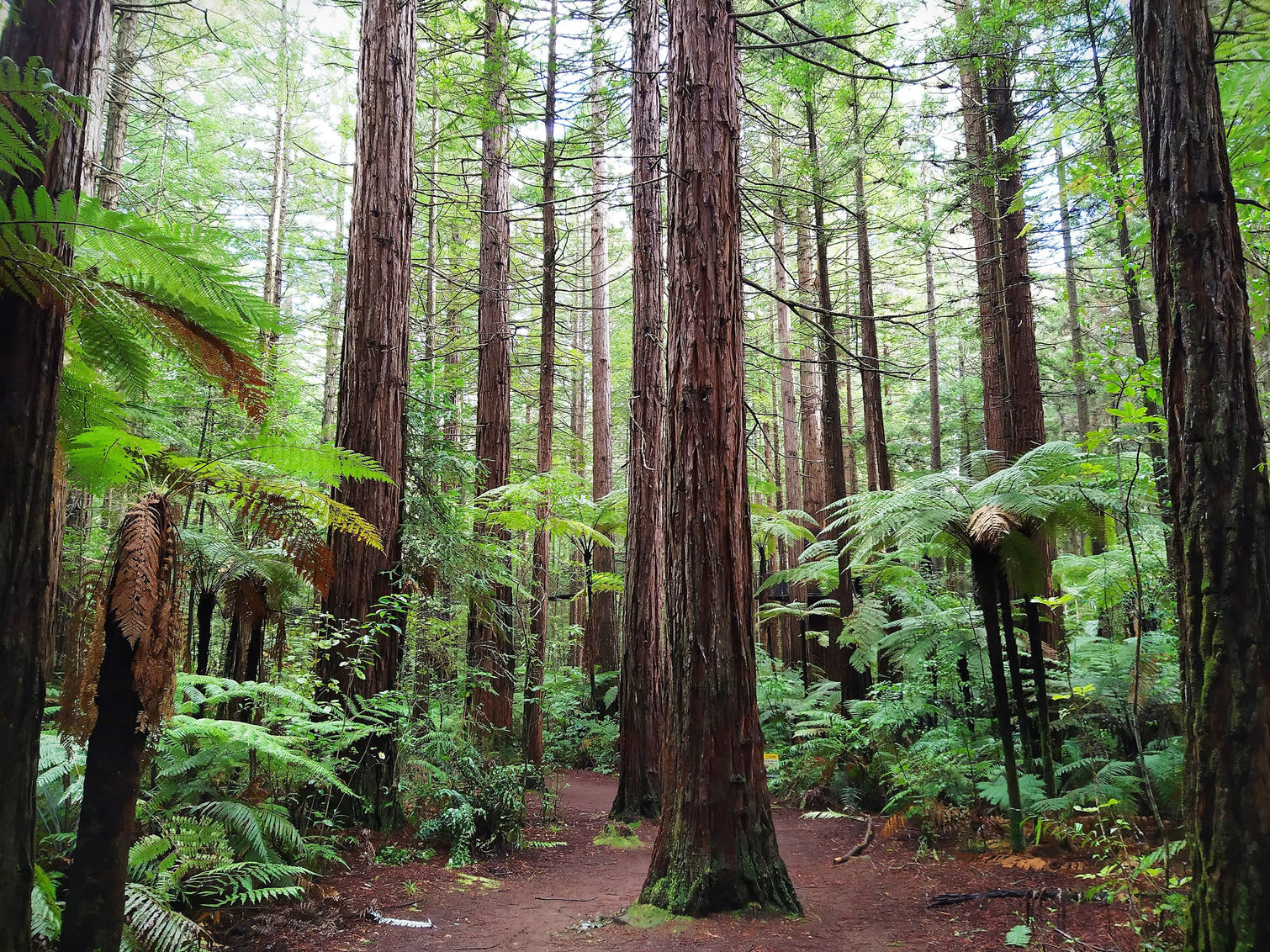
Timeline
Kia whakatoomuri te haere whakamua
I walk backwards into the future
with my eyes fixed on my past
The name HUKANUI was heard from the whakatauki of Kiingi Taawhiao when he called together all the Tohunga of Waikato who were involved in mahi Maakutu.
“Homai ki roto i aku ringa ki te whakahoki au ki te take o Taupiri. He waa kei te haere mai, i te hiahia koutou ki te toro atu”
1650
I te tiimatanga, i whakatuuria te paa e Ngaa Iwi o Mokohape, he hapuu o Ngaa Iwi i noho mai i Waikato puta noa, araa, i mua te taenga mai o te waka Tainui ki Aotearoa.
Before the Tainui waka arrived in New Zealand, there was an Iwi living in the Waikato and their name was Mokohape. They were the people of the land at this time.
1690
Naa Haanui raaua ko Hotumauea ngaa Kaitauaa o Ngaati Wairere i huaki te iwi Mokohape i o raatou paa ki te taha te Awa o Waikato. Kaatahi noa te tiimatanga murua whenua o te takiwaa o Waikato e Tainui mo raatou.
At this time our warlords (Haanui and Hotumauea) came in and overthrew the local iwi claiming their land as their own.

1725
Naa te ope taua o Ngaati Raukawa me taa raatou rangatira a Ngatokowaru i huaki te paa i a raatou e takahi mai i te takiwaa. I aatete rawa te paa i taua huakina. Kaatahi ka huri a Ngaati Raukawa ka whana taha atu i te Awa o Waikato. No muri ake, i hinga mai raatou i te pakanga i Taupiri, naa Ngaati Makirangi me Ngaati Wairere.
At this time Ngatokowaru from Ngaati Raukawa attempted to claim the lands however he was unsuccessful after being defeated at Taupiri by Ngaati Makirangi and Ngaati Wairere.
1850
Missionaries introduced European traders, new implements, new plants. Paakeeha Government agents came then there was an economic and technological transformation in the middle of Waikato Basin. Ngaati Wairere were keen to have an agricultural change. They took part in an agricultural revolution of the basin. They collected funds to install a flour mill and grew wheat in small quantities. Then came a recession, Kirikiriroa suffered with Waikato Paa. Then Ngaati Wairere became involved in a Political movement (Te Kiingitanga)
1856
Hoera Taonui continued to be involved with the Kingite movement as it gathered strength. As the chief of Ngaati Wairere he established a Ruunanga at Kirikiriroa Paa in support of Pootatau Te Wherowhero. Other Chiefs of related Ngaati Wairere hapuu such as Pirihi Tomonui, Iraia Papoto, Kahukiuta, Hakopa Te Waharoa join him and provide their support for the formation of the 1st Maaori King. A Hui called by Te Roore Tatangi of Ngaati Koura held at Pukete Paa to support Wiremu Tamihana and his quest to establish Pootatau Te Wherowhero as Maaori King
1863
Raupatu land wars begin 15 July with the crossing of the Mangatawhiri River near present day Mercer. The British enter the Waikato and begin the Waikato land wars. Hoera Taonui and others of Ngaati Wairere, Ngaati Koura killed in defence of Rangiriri Paa, where they fell and remain in Waikare Lake.
1864
The arrival of the British troops up the Waikato River force the ancestors of Ngaati Wairere off their traditional settlements of Ngaati Wairere and its hapu at Kirikiriroa Pa, Miropiko, Te Rapa, Te Totara and Pukete. Hapuu members retreat to Hukanui and Tauhei. Others follow Taawhiao into exile and remain with him for the next 18 years.
Hakopa Te Waharoa settles on land at Hukanui surveyed shortly after as a timber reserve later known by the Crown land office as komakorau 146.
1865 -1867
Various crown grant lands in Hukanui and Tauhei were surveyed and awarded through the compensation courts to Hakopa Te Waharoa, Iranui Hopa, Hohaia Ngahiwi, Pirihi Tomō nui, Te Wetini Roore and Iraia Papoto. 1866-1876 various urupa in Kirikiriroa exhumed by Hakopa Te Waharoa and Te Puke Waharoa. 1875 October 28th Komakorau 146 is granted to Hakopa Te Waharoa by Crown lands office 1877-1878 Death of Hakopa Te Waharoa. Building of wharenui at Hukanui begins.
1883-1884
1881 July 26th King Tawhiao visits Kirikiriroa to mourn over the various waahi tapu and urupa taken by the Crown and now in settler hands. King Tawhiao visits Hukanui, names and opens the first Tuturuaapapa its traditional kawa ceremony being performed by Te Ao Katoa of Ngaati Koura. Tawhiao brings other members of Ngaati Wairere and Ngaati Koura who have lived in exile to settle at Hukanui. Te Aokatoa also co-designed the mystical coat of arms of the Kiingitanga called Te Paki o Matariki.
Mahia taku whare Ko Tuturuaapapa Kamutu
“Waihotia te tatau kia tuuwhera mo te tangata e haere nei, kaingia ana te namu”
1947
March 22nd Poukai recommences with the marriage of Hare Wakakaraka Puke and Doreen Hinekatorangi Smallman in the presence of Te Puea Herangi, King Koroki, Hepi Te Heuheu, Tuwharetoa elders Pei te Hurinui Jones and Te Hanairo Te Nge and Pataatai Te Heuheu of Ngaati Hikairo, Ngaati Turamakina and Ngaati Turangitukua of Ngaati Tuwharetoa.
















